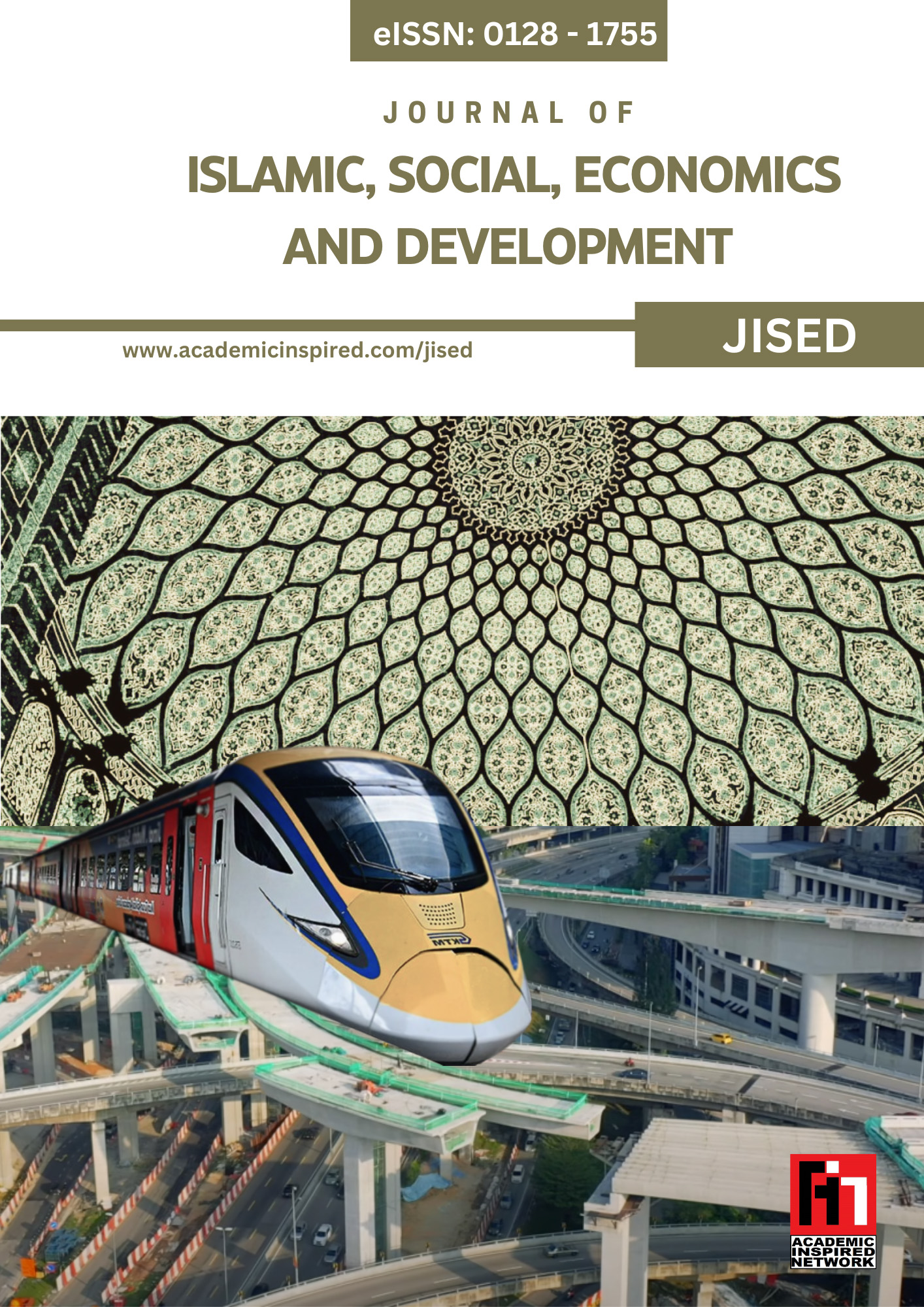Needs analysis for the development of an augmented reality-based learning module on isometric transformation for Malaysian form 2 students
Keywords:
augmented reality, isometric transformation, module development, spatial visualization, motivationAbstract
Augmented reality (AR) has emerged as a promising educational technology,
offering immersive and interactive learning experiences that enhance student engagement and
support conceptual visualization. In the Malaysian Form 2 mathematics curriculum, isometric
transformations which include translations, reflections, and rotations, are foundational yet
conceptually challenging topics. Traditional instructional methods often fail to effectively assist
students in visualizing and understanding these transformations, resulting in learning gaps and
reduced motivation. The interactive nature of AR holds potential to address these issues by
enabling real-time visualization of transformations, thereby improving students’ spatial
reasoning, academic performance, and motivation to learn. This study aimed to conduct a
comprehensive needs analysis to inform the development of an AR-based learning module
focused on isometric transformations for Malaysian Form 2 students. A qualitative research
approach was employed, involving structured interviews with five mathematics education
experts from five different Malaysian states. Interview data were analyzed thematically, with
transcripts coded and categorized into key themes. The findings revealed that isometric
transformations, particularly those in the Form 2 syllabus, are essential for students’
mathematical development. Experts unanimously agreed that integrating AR technology into
learning modules offers significant pedagogical value for teaching this topic. Furthermore, they
emphasized that the module’s design should align with classroom teaching practices, including
notes and activities. These insights provide a valuable foundation for developing an effective
and contextually relevant AR-based instructional module.













